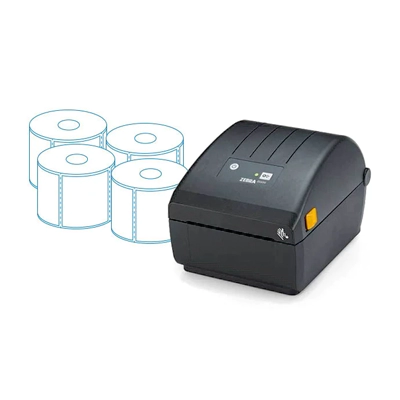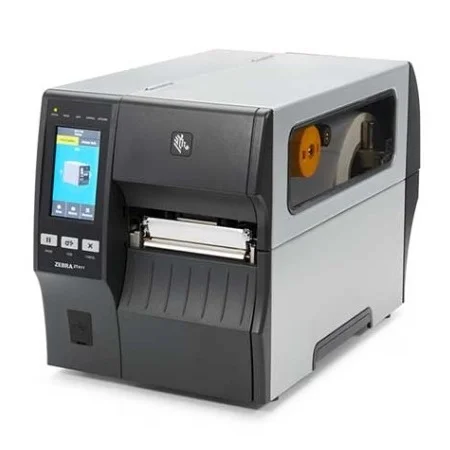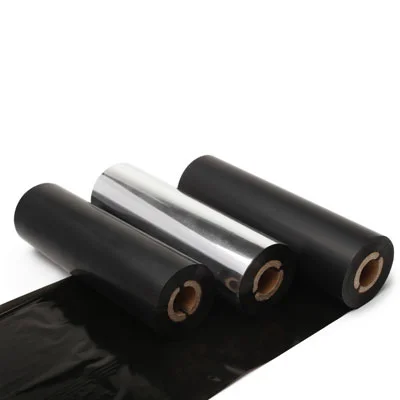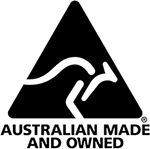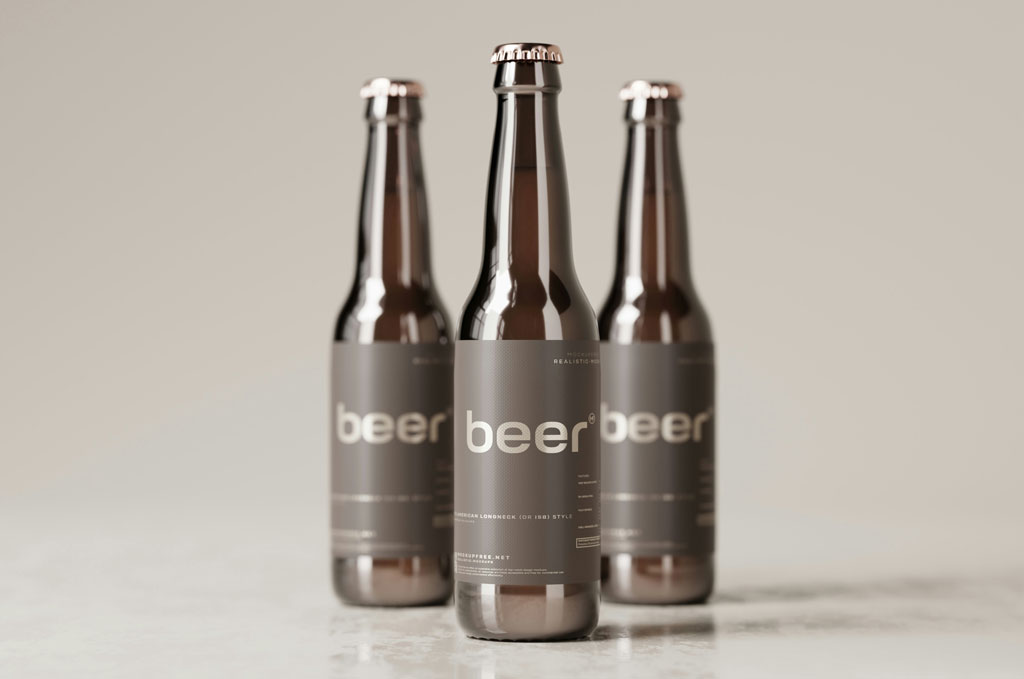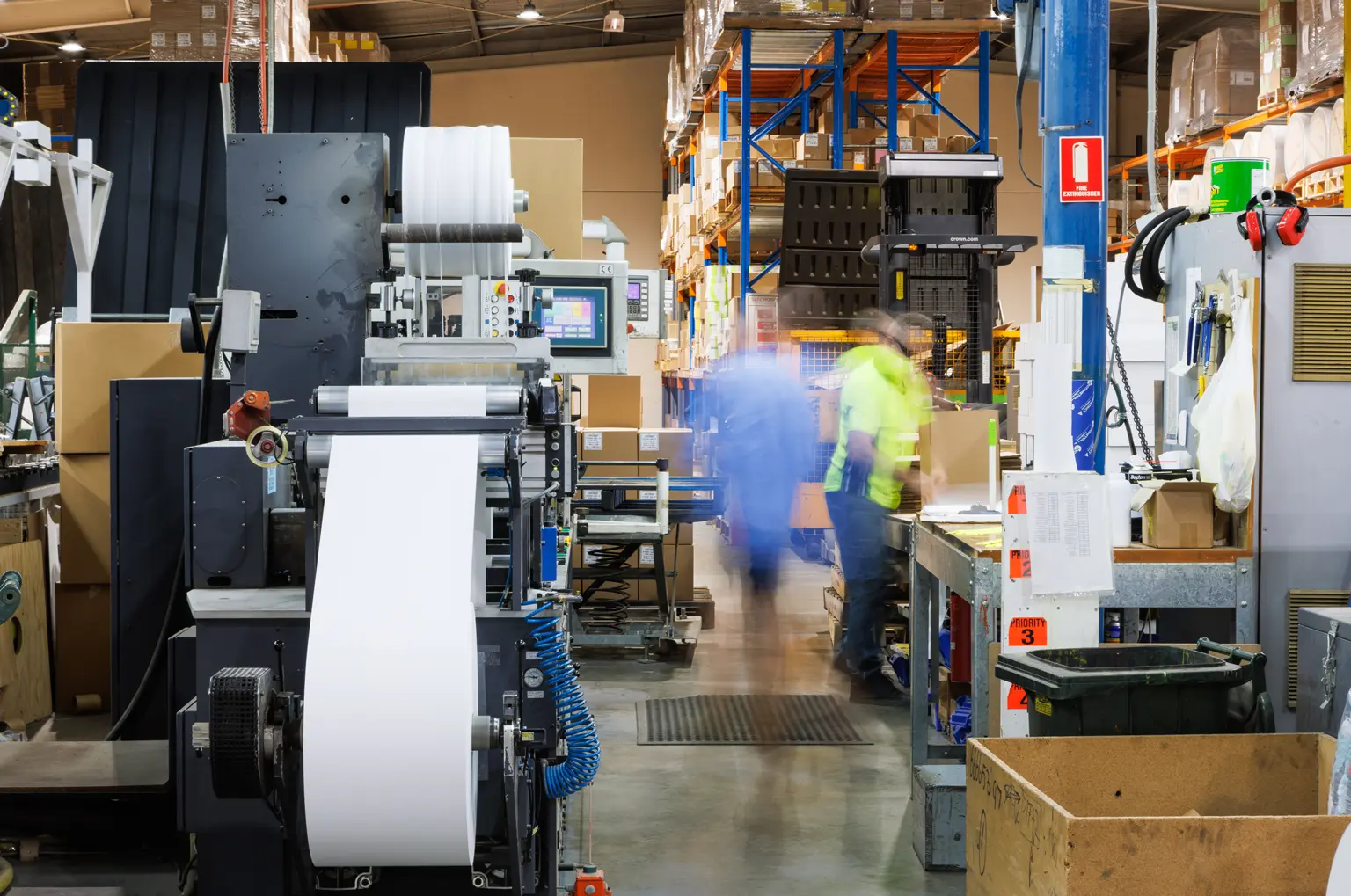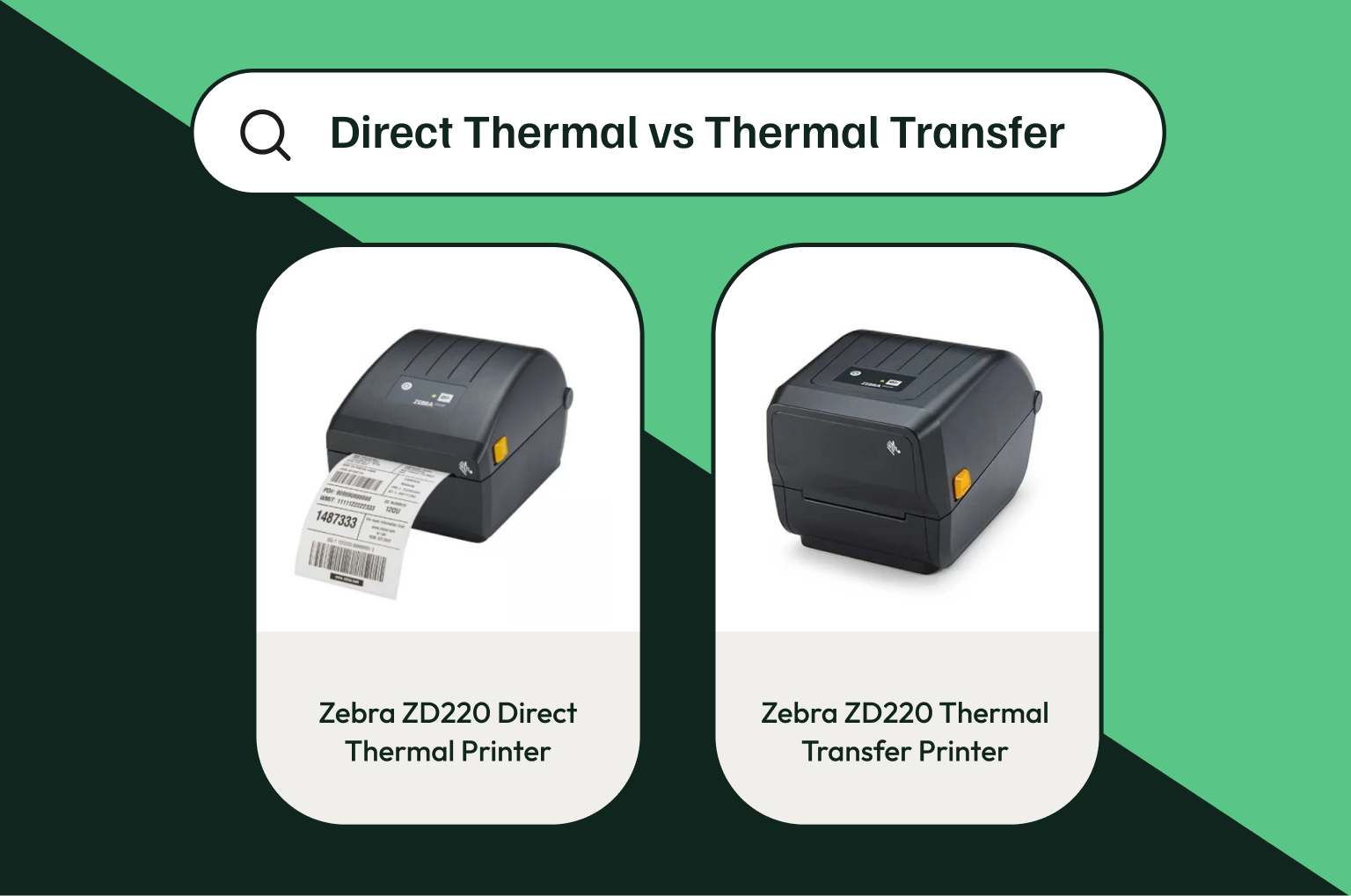Cracking open a cold beer? Chances are, the label is the first thing that grabs your attention. Whether it’s a crisp lager, a bold IPA, or something more adventurous, a well-designed beer label not only gives you a taste of what’s inside, but has an important job beyond the branding.
In Australia, beer labels must meet specific legal requirements to ensure you’re informed about what you’re drinking. For brewers, the process of putting together a beer label is about making sure it complies with regulations set out in Australian consumer law. From alcohol content to allergen declarations, every detail matters to ensure both legal compliance and consumer safety.
So, what exactly needs to go on a beer label? Let’s break it down, with a little help from the Independent Brewers Association (IBA) 2024 Beer Labelling Guidelines.
Product description
First and foremost, every beer label must include a clear description of the product. This description should mention the style of beer (e.g. IPA, Pilsner, Stout) or a term that indicates its true nature. While creative names like “Barrel Thunder” might sound fun, they aren’t sufficient on their own – you need to make it clear that the product is beer.
If you’re using abbreviations (like IPA), it’s recommended that the full name (India Pale Ale) also be provided somewhere on the label, usually on the back.
Volume statement
Beer labels must clearly indicate the volume of the product. This is particularly important for cylindrical containers, such as cans or bottles. The volume should be displayed on the front label, in a way that’s easy to read. The unit of measurement – usually mL, cL, or L – must also be provided.
The size of the characters for the volume depends on the size of the container. For example, a container under 120 mm tall must use characters at least 2 mm in height.
Alcohol content
Australian law requires that the alcohol content be declared on any beverage containing more than 0.5% alcohol by volume (ABV). This statement should be clear and typically expressed as a percentage (e.g. 4.8% ABV). It must be accurate to within + or – 0.3% and displayed either on the front or back label of the product.
For products under 1.15% ABV, the alcohol content must be expressed as “Contains not more than X% alcohol by volume.”
Standard drinks statement
Any beer containing more than 0.5% ABV must also declare the number of standard drinks per container. Standard drinks are calculated using a simple formula: container volume (L) x alcohol by volume (ABV) x 0.789 (specific gravity of ethanol). For example, a 330 mL bottle of beer at 4.8% ABV would contain approximately 1.2 standard drinks.
This statement can be presented as text, such as “Contains approximately 1.2 standard drinks,” or as a logo showing a beer glass and the standard drink quantity.
Country of origin
Beer labels in Australia must clearly state where the product was grown, produced, or made. Phrases like “Made in Australia” or “Product of Australia” help customers identify the beer’s origins, especially for those supporting local breweries.
The terms “Grown in” can only be used if all ingredients are grown entirely in one country, while “Produced in” applies when all ingredients are sourced from a specific country. The phrase “Made in” can be used if the product underwent its final significant transformation in the stated country.
Supplier and packer information
The label must display the name and address of the company responsible for brewing, packing, or distributing the beer. This helps ensure transparency and makes it easy for customers to contact the producer if necessary.
A physical address (not a P.O. box) in Australia or New Zealand is required, but additional information like a website or social media handles can also be included.
Nutritional information and claims
If you’re making any nutritional claims, like “low carb” or “low calorie,” you’ll need to provide clear and accurate nutritional information. This includes details like the energy value (in kilojoules or calories), carbohydrates, and sugars.
A Nutrition Information Panel (NIP) is only required if you’re making a specific nutritional claim. If there are no such claims, including the NIP is optional.
Best-before date
For most beers, a best-before date is required unless the product has a shelf life of more than two years. This date indicates how long the beer will remain at its peak quality. In some cases, brewers may also include a “packed on” date to provide extra information to consumers.
The best-before date must be easy to find and clearly legible on the packaging.
Pregnancy warning label
Australian beer labels must include a pregnancy warning pictogram, which shows a silhouette of a pregnant woman with a strikethrough. This warning indicates that alcohol consumption can cause lifelong harm to unborn babies. The warning must be printed in specific colours and sizes to ensure visibility.
Lot identification
Each beer must have a lot identification code, which refers to the batch in which the beer was produced. This helps with traceability in case of product recalls or other quality control issues.
Allergens
Brewers must declare any allergens present in their beer, such as sulphites (if present at concentrations of 10 mg/kg or more). Other allergens like eggs, peanuts, and soy must also be declared if used during production. Interestingly, cereals containing gluten (like wheat, rye, or barley) are not required to be listed as allergens on beer labels.
One to watch: Container deposit schemes
Several Australian states, including South Australia, Queensland, and New South Wales, have implemented container deposit schemes to encourage recycling. These schemes require a refund marking on eligible beverage containers, including beer bottles and cans, to signal their participation.
As of 1 November 2023, Queensland has expanded its Container Refund Scheme to include beer bottles and cans, making them eligible for a 10-cent refund. Beer producers, importers and distributors must comply with these new regulations if they sell products in Queensland.
By 1 November 2027, all eligible beverage products sold in Queensland, including beer, must have a refund mark and barcode. While there’s flexibility in the wording, the most common phrasing is: “10c Refund at Collection Depots/Points in Participating State/Territory of Purchase”. The mark should be legible and appropriately sized for the container.
Beer producers should ensure their labels meet these requirements well before the 2027 deadline to stay compliant with local regulations.
Additional considerations for beer labels
Beyond the mandatory elements, there are a few optional – yet highly recommended – features brewers may want to consider including on their beer labels.
Brand name
Most retailers require the brand name to be prominently displayed on the front of the label. A clear brand name makes it easier for consumers to recognise the product’s manufacturer and builds brand loyalty. And let’s be honest – it’s also just common sense.
Recycling logos
To promote sustainability, including a recycling symbol on your label is recommended if the container is made from recyclable materials like glass or aluminium. This small addition can encourage responsible disposal. More information about recycling labels can be found on Planet Ark’s website.
Responsible drinking messages
The Independent Brewers Association (IBA) encourages the inclusion of responsible drinking messages on alcohol packaging. Initiatives like DrinkWise, or Cheers if you export your beer to New Zealand, provide useful resources for this.
Gross weight of carton
Some retailers also require the gross weight of carton packaging to be displayed on two adjacent sides. If the carton weighs over 10 kg, it’s recommended to display a “CAUTION LIFT” symbol on all sides. For cartons over 16 kg, retailers may require a risk assessment before accepting the product.
These additional considerations not only enhance the usability of your beer labels but also ensure that your product aligns with industry standards and best practices.
Don’t forget the rules!
Failing to comply with mandatory labelling requirements can lead to serious consequences, including costly product recalls, hefty fines, and damage to your brand’s reputation. Labels that are false, misleading or deceptive may also attract enforcement action from the Australian Competition and Consumer Commission (ACCC).
Level up your labels with Dial A Label
We specialise in printing custom beer labels that not only grab attention on the shelves but also meet all regulatory requirements. With over 30 years of experience, cutting-edge printing technology and high-quality materials, we bring your label vision to life. Whether you want to comply with new regulations like container deposit schemes or refresh your label designs, we offer tailored printing services with next-day delivery. Contact us today to get started.
 0
0



